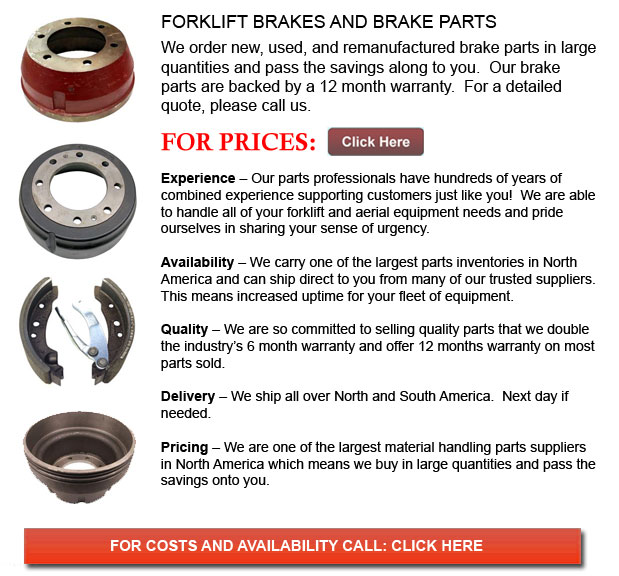
Forklift Brake - A brake where the friction is provided by a set of brake shoes or brake pads that press against a rotating drum shaped unit referred to as a brake drum. There are some particular differences between brake drum types. A "brake drum" is usually the explanation provided if shoes press on the inner surface of the drum. A "clasp brake" is the term used so as to describe if shoes press against the outside of the drum. Another kind of brake, known as a "band brake" utilizes a flexible belt or band to wrap round the outside of the drum. If the drum is pinched in between two shoes, it can be known as a "pinch brake drum." Similar to a typical disc brake, these types of brakes are somewhat rare.
Early brake drums, prior to 1955, needed to be constantly adjusted in order to compensate for wear of the shoe and drum. "Low pedal" could result if the needed modifications are not done sufficiently. The vehicle could become hazardous and the brakes could become useless whenever low pedal is mixed together with brake fade.
There are various Self Adjusting Brake Systems offered, and they can be categorized within two main kinds, RAD and RAI. RAI systems have built in equipments which avoid the systems to be able to recover when the brake is overheating. The most popular RAI manufacturers are Lucas, Bosch, AP and Bendix. The most famous RAD systems consist of Volkswagen, VAG, AP, Bendix and Ford recovery systems.
The self adjusting brake will usually just engage whenever the vehicle is reversing into a stop. This method of stopping is suitable for use whereby all wheels utilize brake drums. Disc brakes are used on the front wheels of vehicles today. By functioning only in reverse it is less possible that the brakes would be adjusted while hot and the brake drums are expanded. If adjusted while hot, "dragging brakes" can take place, which raises fuel intake and accelerates wear. A ratchet mechanism which becomes engaged as the hand brake is set is another way the self adjusting brakes can function. This means is just appropriate in applications where rear brake drums are used. Whenever the parking or emergency brake actuator lever exceeds a particular amount of travel, the ratchet developments an adjuster screw and the brake shoes move toward the drum.
There is a manual adjustment knob situated at the bottom of the drum. It is usually adjusted through a hole on the opposite side of the wheel and this involves going underneath the forklift with a flathead screwdriver. It is of utmost importance to move the click wheel properly and tweak every wheel equally. If unequal adjustment occurs, the vehicle could pull to one side during heavy braking. The most effective method to ensure this tedious task is done safely is to either raise each wheel off the ground and hand spin it while measuring how much force it takes and feeling if the shoes are dragging, or give each one the exact amount of clicks manually and then perform a road test.
![]() Click to Download the pdf
Click to Download the pdf
Forklift Parts
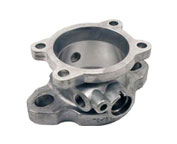
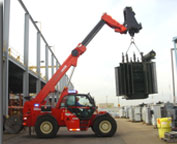
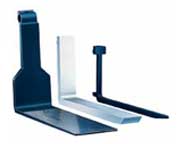
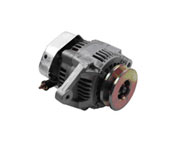
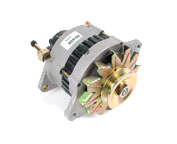
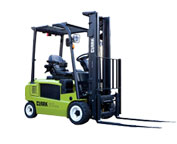
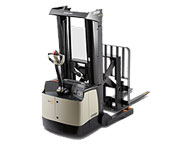
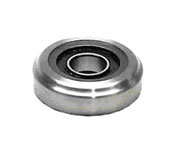
Lift Parts Express
TOLL FREE: 1-888-695-7994
LOCAL: 661.471.2069
38713 TIERRA SUBIDA AVE 181
Palmdale, California
forkliftpartspalmdale.com
Email Us
About Us


